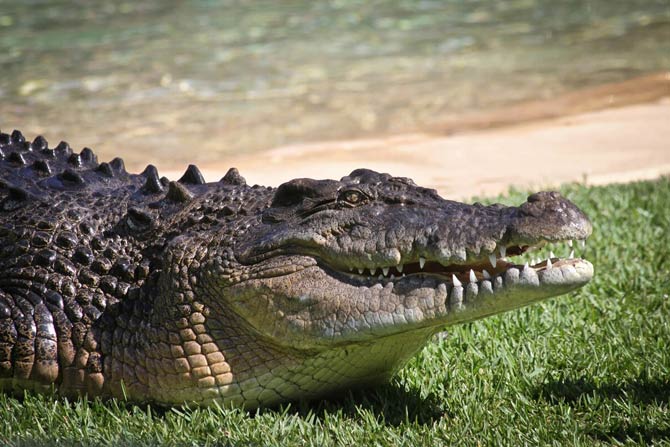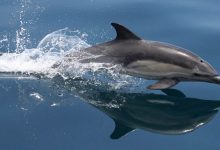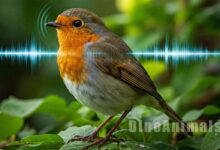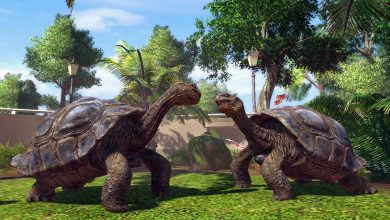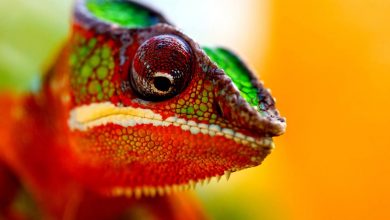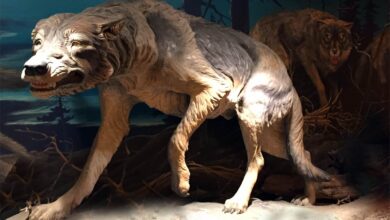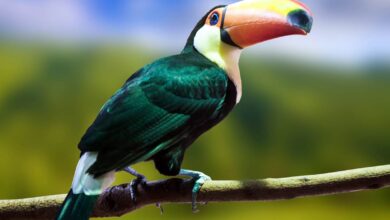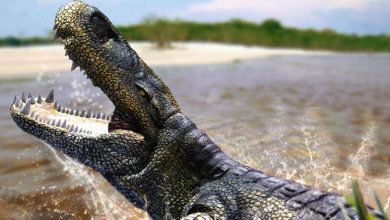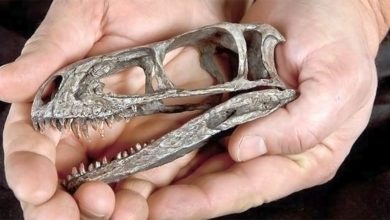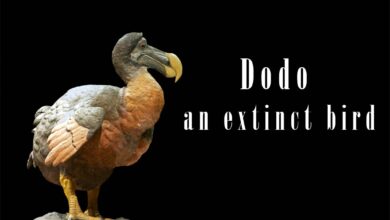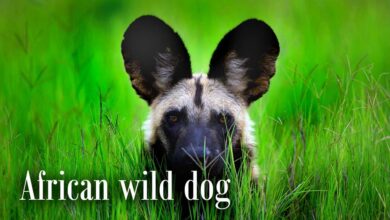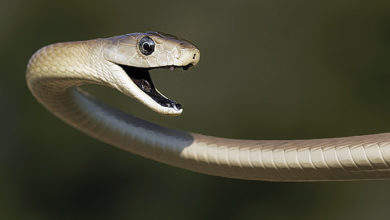Crocodiles – the oldest living reptiles
Crocodiles
Crocodiles (Crocodilia) – large predatory reptiles from the group of sauropsids, leading an aquatic lifestyle. They appeared 83.5 million years ago (in the late Cretaceous). They are the closest relatives of birds and the only Archosaurs that survive to this day. Members of the Pseudosuchia group, which includes crocodiles, appeared about 250 million years ago in the early Triassic era. They varied in the Mesozoic. The order of crocodiles, however, includes only the crocodile, alligator (including caimans) and gharial families.
Crocodiles live in rivers and lakes of the tropics and subtropics. Only the saltwater crocodile can also live in the sea – it is often found on the coasts of Australia and various islands in Southeast Asia. Its lizard-like, primeval appearance is only one of many adaptations to its way of life as a lurking predator living in the water. They have a flattened tail that allows them to swim quickly. They also have high-lying eyes and nostrils so that they can almost completely submerge, but still breathe and look out of the water.
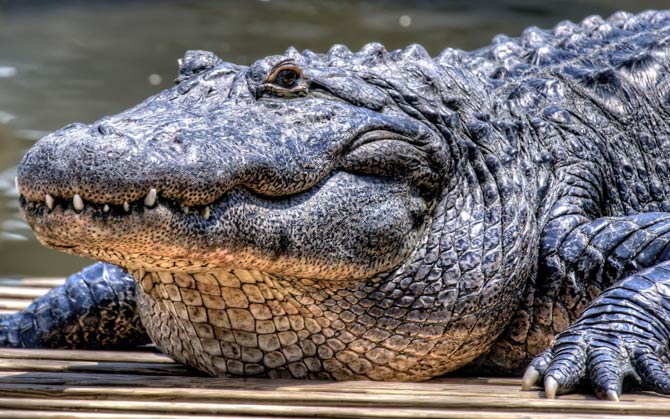
The oldest animals
Crocodiles are among the oldest living animals today. They have been present on Earth almost unchanged for hundreds of millions of years. They appeared on Earth 83.5 million years ago, although their ancestors inhabited our planet already in the early Triassic – 250 million years ago.
Crocodile species
There are over a dozen species of crocodiles in the world today. The best known are alligators, Nile crocodiles, saltwater crocodiles, caimans, and gharials. To be precise, we distinguish three families belonging to the order of crocodiles:
- True crocodiles (family Crocodylidae)
- Alligators and caimans (family Alligatoridae)
- Gharial and false gharial (family Gavialidae).

Occurrence
Crocodiles inhabit the warmest areas of our planet. They are found in Africa, Asia, Australia and both Americas. The proper habitat of these reptiles is water and they are rather reluctant to go out onto dry land.
Cold-blooded animals
Crocodiles are cold-blooded – so they spend a lot of time lying in the sun to keep their body warm.
The largest and smallest crocodiles
The smallest representatives of crocodiles are caimans, which do not exceed 1.4 m in length. The largest species living today is the giant saltwater crocodile, in some cases reaching a length of as much as 7 m (the record is probably over 7 m) and weighing almost 1 ton – see: The largest predators and the heaviest land animals. Contemporary crocodiles used to have “slightly” larger relatives – see Rhamphosuchus, one of the largest crocodiles.
Saltwater crocodile (Crocodylus porosus)
The largest species living today is the giant saltwater crocodile, in some cases reaching a length of 7 m and weighing nearly 1 ton. The rosary crocodile is found in India, Sri Lanka, Southeast Asia, the Philippines, Northern Australia, Ceylon, Sumatra, Java, Borneo and Fiji.
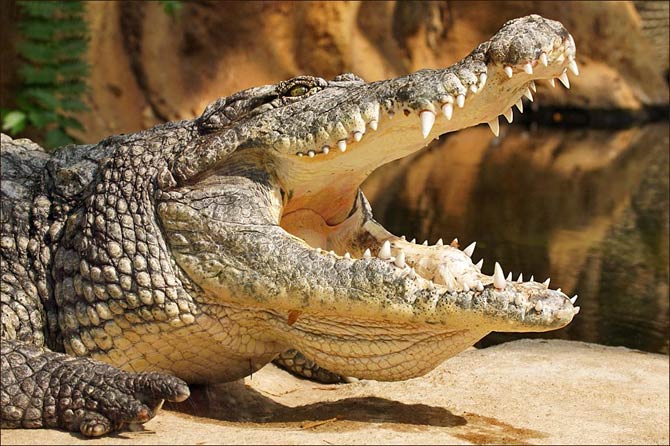
Efficient hunters
Crocodiles are extremely effective predators. They hunt, patiently waiting for their prey in water or water thickets. At the moment of attack, the crocodile grabs the prey, slamming its jaws, and then drowns it by dragging it under the water. These reptiles also do not disdain carrion. Their main food is waterfowl, fish and also mammals. Larger species attack large animals such as antelopes or lions. There are also cases of eating people.
Oviparous
Crocodiles are oviparous. Females lay white eggs and bury them in a nest made of grass, reeds and leaves. Then they carefully keep an eye on them until they hatch.
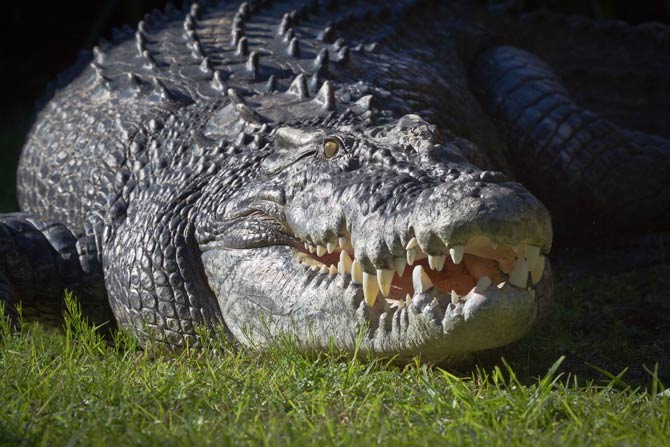
Some species are endangered
Many crocodile species are threatened with extinction. They are often killed by poachers, hoping to earn money by selling their valuable skins. Therefore, as representatives of endangered species, they are bred in special centers and reserves.
There are 16 extant species:
- American crocodile (Crocodylus acutus)
- Borneo crocodile (Crocodylus raninus)
- Central African slender-snouted crocodile (Mecistops leptorhynchus)
- Cuban crocodile (Crocodylus rhombifer)
- Dwarf crocodile (Osteolaemus tetraspis)
- Freshwater crocodile (Crocodylus johnstoni)
- Hall’s New Guinea crocodile (Crocodylus halli)
- Morelet’s crocodile (Crocodylus moreletii)
- Mugger crocodile (Crocodylus palustris)
- New Guinea crocodile (Crocodylus novaeguineae)
- Nile crocodile (Crocodylus niloticus)
- Orinoco crocodile (Crocodylus intermedius)
- Philippine crocodile (Crocodylus mindorensis)
- Saltwater crocodile (Crocodylus porosus)
- Siamese crocodile (Crocodylus siamensis)
- West African crocodile (Crocodylus suchus)
- West African slender-snouted crocodile (Mecistops cataphractus)
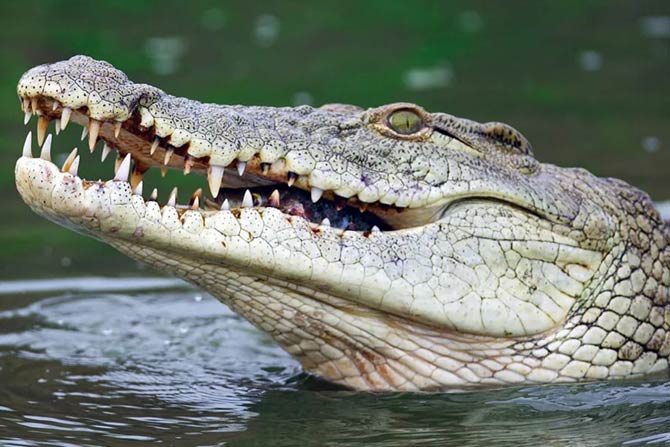
Detailed information / size
Crocodile
- Length: 1.5 – 7 m (4.9 – 23 ft)
- Weight: the largest crocodiles can weight over 1,000 kg (over 2,200 ft)
Crocodiles – interesting facts
- Crocodiles can live up to 90 years.
- Crocodiles swallow… stones. They play the role of ballast, without which the reptiles would easily turn upside down.
- Crocodiles can replace each of their 80 teeth up to 50 times in their lifespan
- When crocodiles lie still, their life processes slow down so that their heart only beats 3 times a minute.
- The crocodile can stay under water without surfacing for up to 3 hours.
- When attacking, crocodiles can move at speeds of up to 120 km/h (75 mph).
- Crocodiles lying in the sun are not interested in getting food. Therefore, birds that peck at food scraps from the teeth of these reptiles can feel completely safe.
- During sea voyages, some species travel up to 5,000 km (3,100 mile).
- Crocodiles are cannibals. Therefore, herds of these animals usually consist of individuals of a similar size – the smaller ones can be easily eaten by the larger ones.
